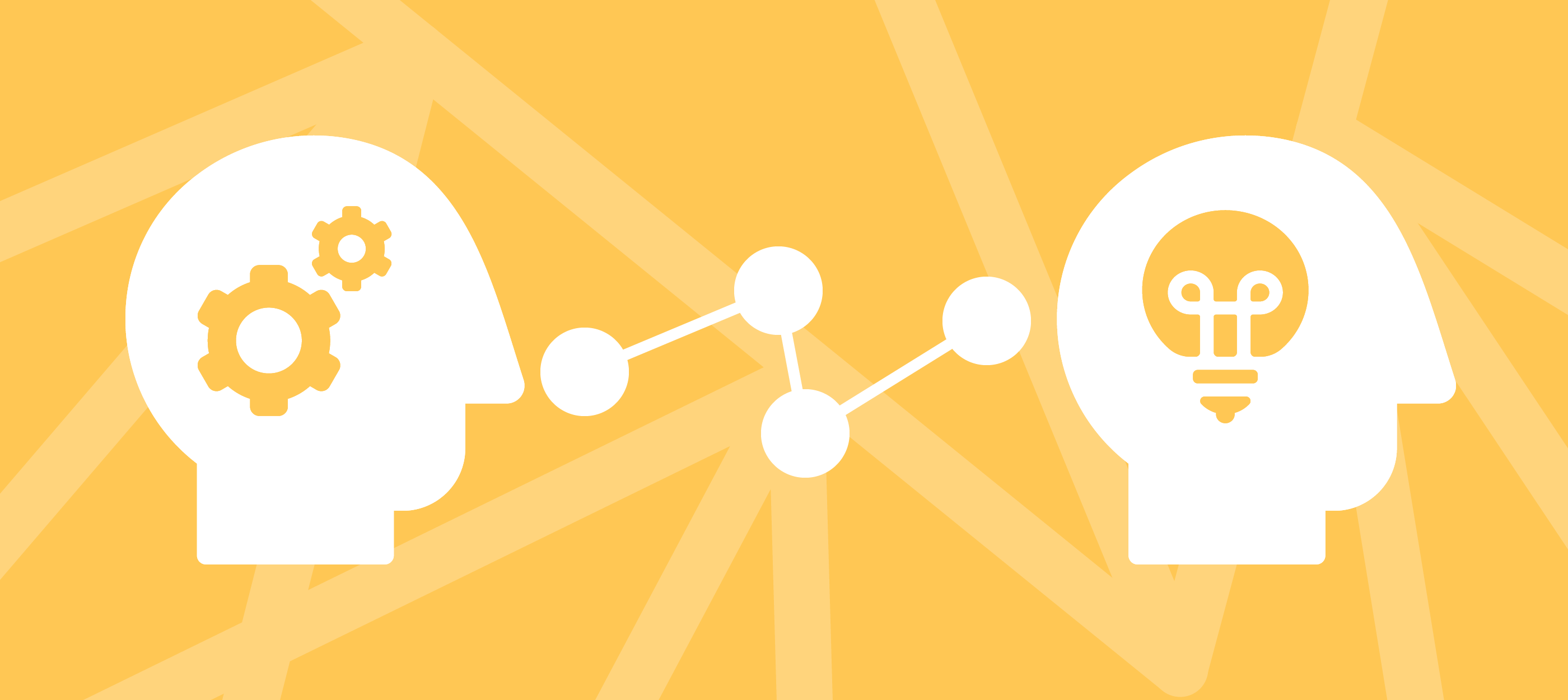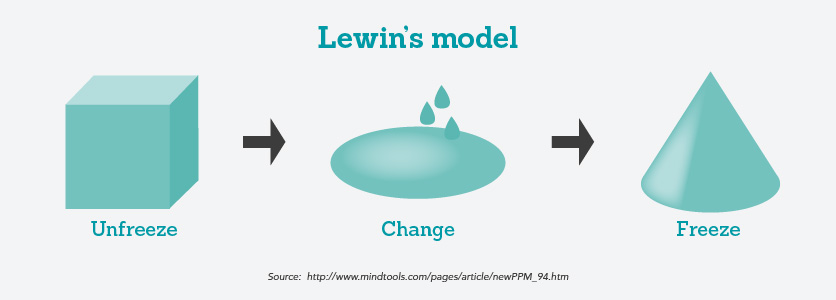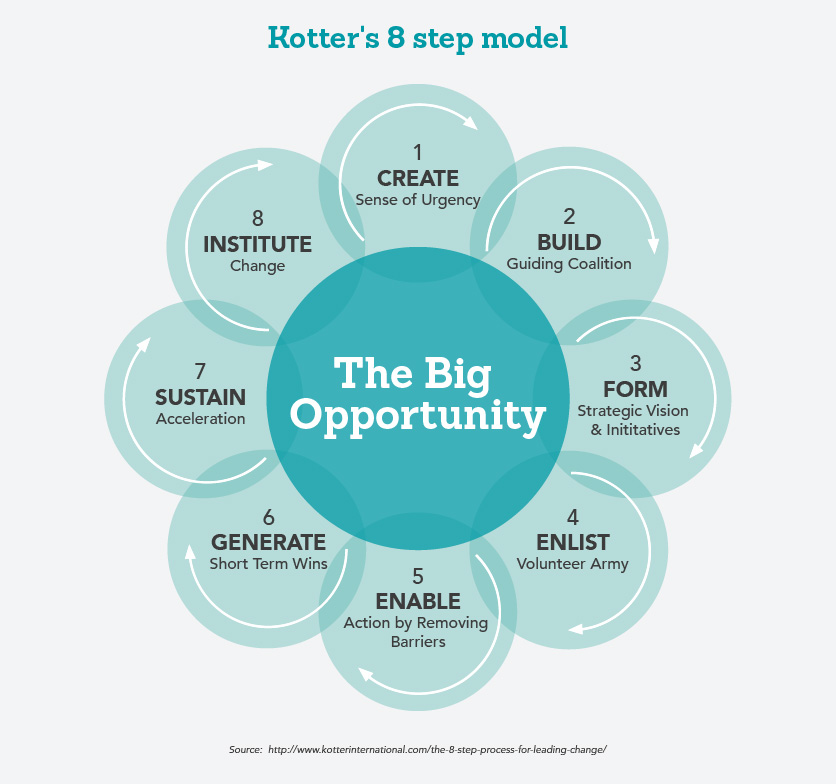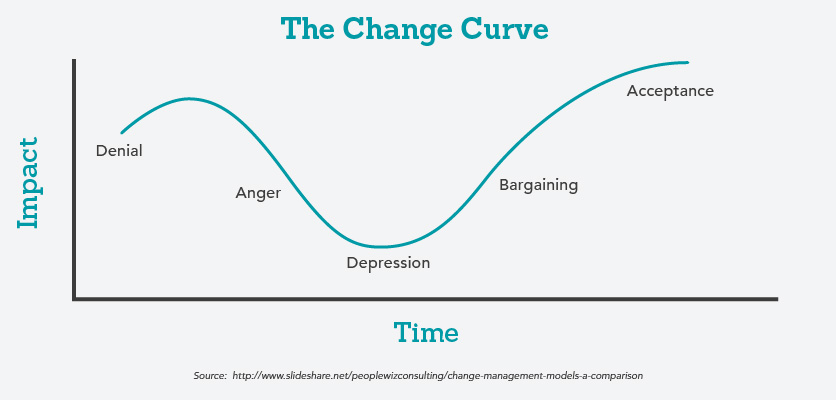
Enabling a culture of innovation
Find out how CWB National Leasing empowers employees to share ideas and innovate.
See full post

By: Grant Shaw, Vice President, Corporate Development, Strategy & Culture
Remember the massive amount of information to learn and all the new work processes to master? There was likely training in place to ease you through that learning period. Now imagine those first few months at your job without that training. The experience would’ve been jarring.
Change management is like that new job training. Or put another way by the change management company Prosci, change management manages the people side of change to achieve the required business outcome. It helps employees make successful personal transitions to accommodate a change.
As a business owner, you know how quickly you need to change your business to adapt to new market conditions, technological advances or competition. Depending on the scope of your change, it could affect something as minimal as a single work process or something as significant as your employees’ job roles. A solid change management plan ensures your employees will smoothly transition through a change with their sanity intact.
Below, we outline four popular models you can use to help make your business’s next change a little smoother.
ADKAR is a change management model that’s goal focused. According to the model, everything you do during the change management process is sequential: you must achieve cumulative goals during the process to achieve your overall change goal. Successful change happens when phases of change for your business and your employees happen simultaneously.

Here are the change steps to achieve in the ADKAR model.
Recognize the need for change.
Participate and support the change.
Know how to change and identify what the change will look like in terms of skills and behaviours.
Implement the change on a daily basis.
Sustain the change over the long term.
We use the ADKAR model here at CWB National Leasing when implementing all of our new projects. It’s flexible and it emphasizes the importance of communicating the various steps of change to our employees. We like it so much that we’ve even had several employees certified in the Prosci Change Management Certification Program.
Kurt Lewin developed his change management model during the 1950s, and it’s based on three simple stages:
Lewin’s model is easily understood with a metaphor of ice. Let’s say you had a cube of ice but you needed a cone. You would melt the cube of ice (Unfreeze), shape the water into a cone using a model (Change), and freeze the water once again (Freeze). Let’s break down each stage for a better idea.
This is the preparation stage. Show your employees that change is necessary. Next, challenge the processes, values and culture of your company. Is your company’s present state conducive to your change goals?
According to Lewin, the unfreeze stage is the most difficult of the entire process. And it’s no surprise. You’ll challenge everything you and your employees know about your company, leading to uncertainty.
This is where your employees begin accepting and adopting the change. This can be an intense period as employees acclimate to change and flex their problem solving muscles in new ways. To ease this process, provide plenty of support.
Change stabilizes how your company will operate going forward. Employees are now acclimated to new business processes and accept new ways of performing duties. Your company supports and practices the changes entirely.

John Kotter introduced his Eight Steps to Change in 1996 after analyzing 100 changing organizations. Kotter revised his top-down change model in 2015 to reflect the increased pace of organizational change since the 1990s. Here’s a quick breakdown of his eight steps.
Recognize a big opportunity and spark excitement among employees.
Create an internal team to manage the change. Your team will guide, coordinate and communicate its activities across the entire organization.
Your change should align with your business’s strategic vision. If your company’s vision is to sell the most bottle caps in North America, for example, make changes that enable that goal.
Inspire employees to support change. Engage volunteers with activities and provide meaningful ways they can contribute to your company’s success.
Remove barriers like inefficient processes and hierarchies so your coalition and volunteers can work with the freedom to effect change.
Don’t let your long-term change goal diminish the effects of daily, weekly or monthly short-term wins. Set incremental goals and celebrate your organization’s achievements.
Balance change management with change leadership to adapt quickly and often. Manage by planning, budgeting and organizing; lead by establishing direction, motivating and aligning employees with their strengths.
Communicate the connection between your employees’ new, changed behaviours and your company’s success. Transparency will help show employees why change is valuable and keep them on track.

Originally proposed as the five stages of grief in the 1960s, Kubler-Ross’s change curve eventually earned widespread recognition as a business change model by the 1980s. The Change Curve isn’t an independent change model but rather a model to help you empathize with your employees as you implement change.
The Change Curve is represented with these five steps:
One downside of this model: It assumes that your employees will only react negatively to change, and of course, not all change is bad, especially when it’s helping improve your business. Ensure your change management plan addresses each of the five stages as you implement your change.

Each change management model has its advantages and disadvantages, but the goal is to ensure you understand the impact that change will have on your employees and that you keep the transition as smooth as possible. Allow proper time for adaptation and be transparent about how change will improve your company and benefit your employees.
Posted in General business advice,
Contact us and we'll call you right away